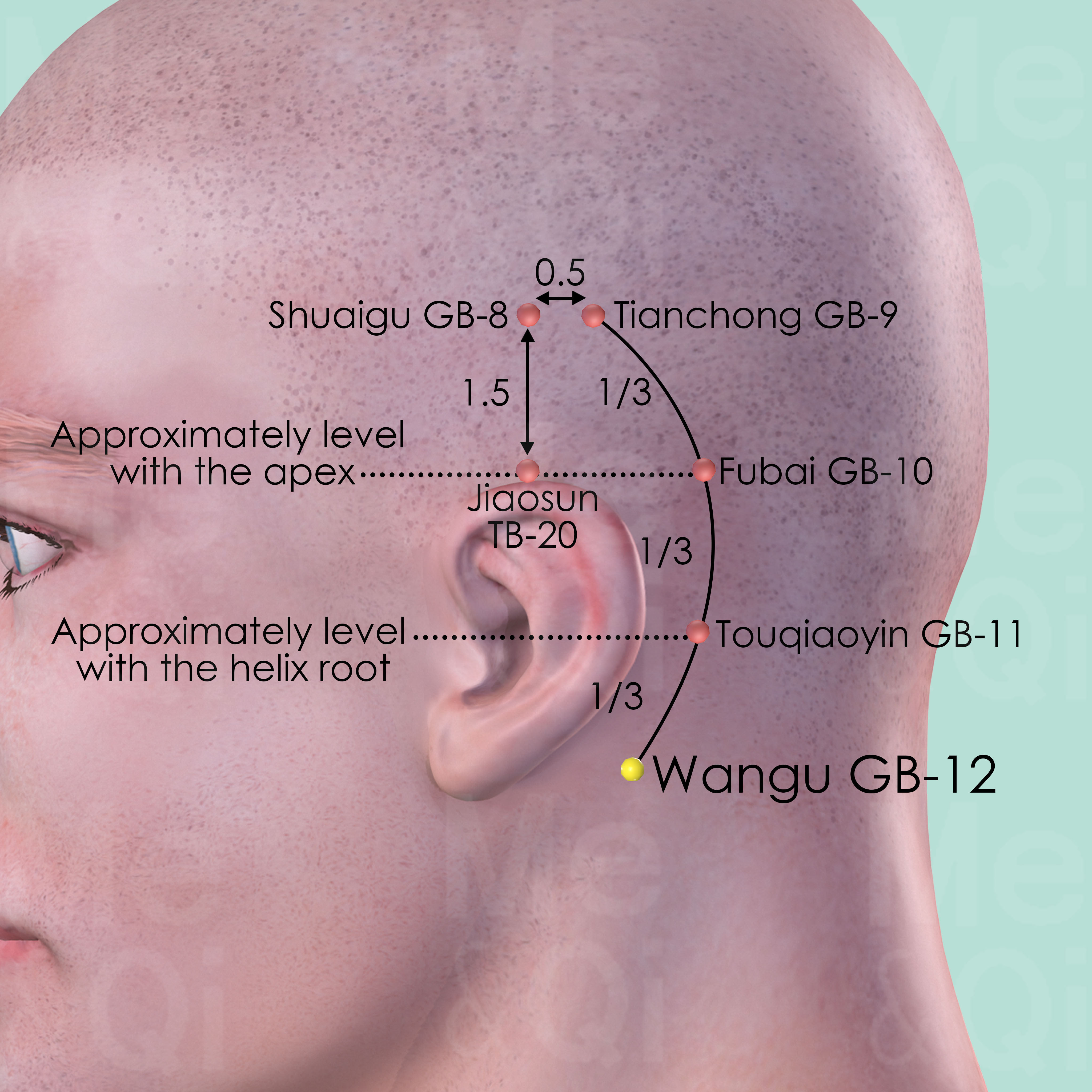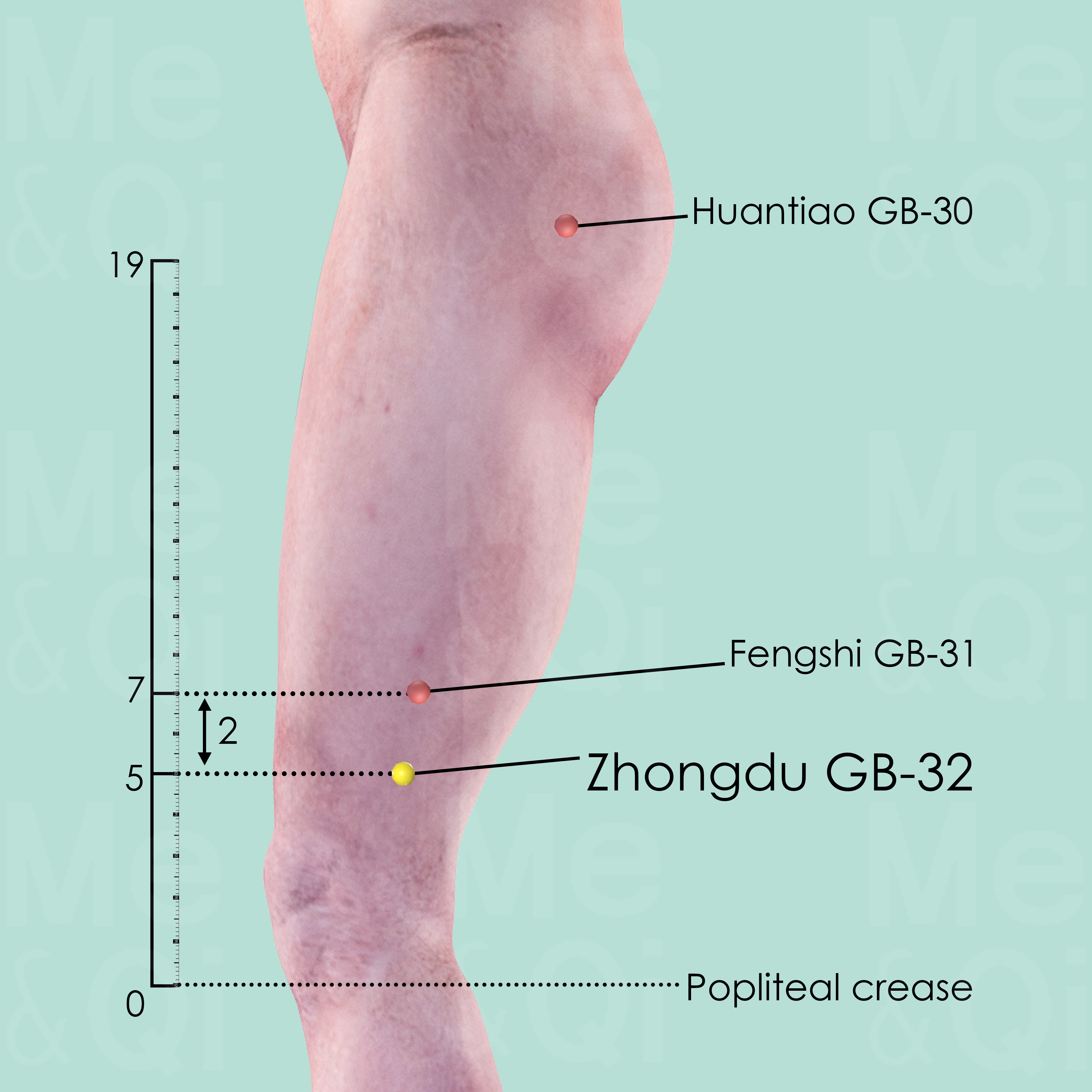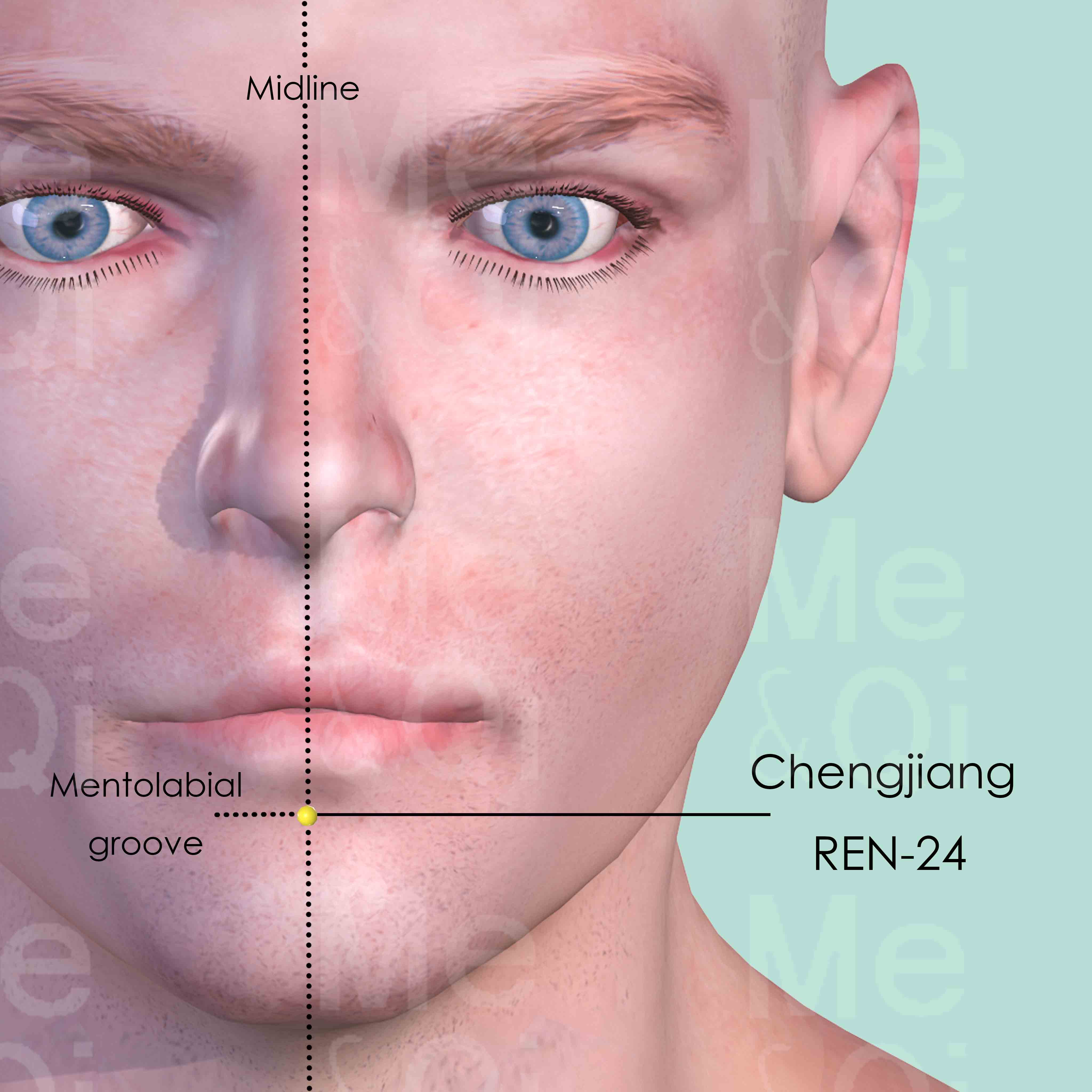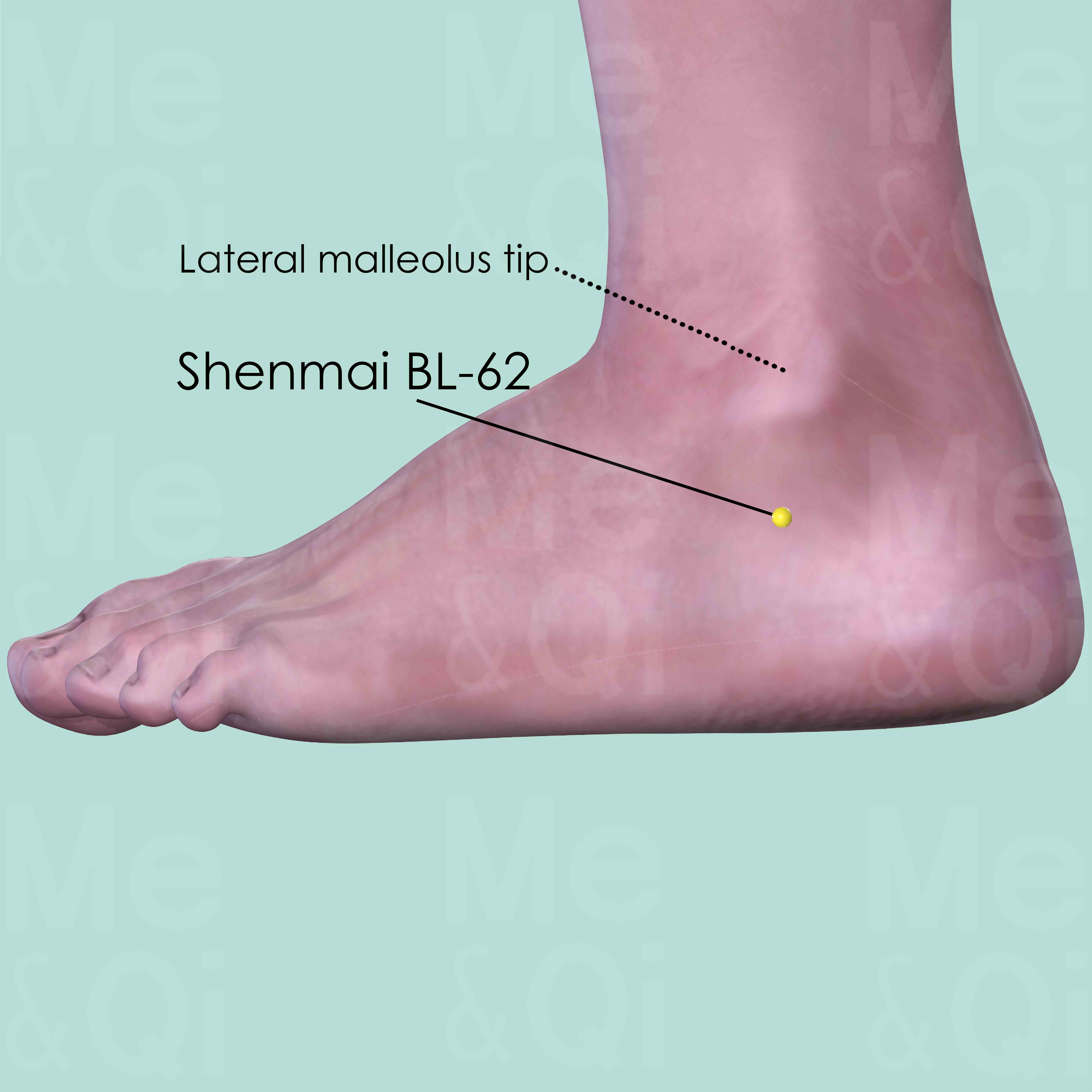Hemiplegiaaccording to TCM
Symptom families: Neurological Disorders, Paralysis and Movement Neurological Disorders
Sub-symptom(s): Hemiplegia After Stroke Hemiplegia After Cerebrovascular Accident
What is Hemiplegia?
Hemiplegia is a form of paralysis that affects one side of the body, typically caused by brain damage due to stroke, trauma, or congenital reasons. It can significantly impair mobility, coordination, and strength in the affected limbs.
The severity can vary, impacting the arm, leg, and facial muscles on one side. Hemiplegia can also influence speech, vision, and cognitive abilities depending on the extent and location of brain injury.
How does TCM view Hemiplegia?
In Traditional Chinese Medicine (TCM), hemiplegia is seen as a disruption in the body's harmonious balance, often resulting from the obstruction of Qi (vital energy) and Blood flow.
This blockage can be due to external pathogenic factors like Wind, Cold, or internal imbalances such as Liver Yang Rising or Phlegm obstruction. TCM prioritizes identifying the underlying pattern of disharmony to tailor treatments that restore balance and facilitate the smooth flow of Qi and blood, addressing the root cause of hemiplegia.
Causes of Hemiplegia According to TCM
TCM associates hemiplegia with several patterns, notably the invasion of Wind and Phlegm obstruction. Wind is considered a primary pathogenic factor that invades the channels, leading to the blockage of Qi and Blood, manifesting as hemiplegia.
Similarly, Phlegm accumulation can obstruct the meridians, disrupting the flow of Qi and blood, further contributing to the paralysis. Understanding these causes is crucial for developing an effective treatment plan that aims at clearing the Wind, transforming Phlegm, and restoring the free flow of Qi and Blood.
TCM Herbal Formulas for Hemiplegia
For treating hemiplegia, TCM recommends specific formulas based on the identified patterns. Da Fang Feng Tang, with Saposhnikovia Roots (Fang Feng), targets Wind-Damp obstruction, aiding in relieving Painful Obstruction and restoring mobility.
Shu Jing Huo Xue Tang, enriched with Dong Quai (Dang Gui), invigorates blood and dispels Blood Stagnation, addressing the underlying causes of hemiplegia by promoting the flow of Qi and Blood to the affected limbs. These formulas exemplify TCM's holistic approach, aiming not only to alleviate symptoms but also to tackle the root cause of hemiplegia.
Explore below some TCM herbal formulas used to address hemiplegia, organized by formula type.
- By Formula Type
- Formulas that dispel wind-Damp
- Formulas that invigorate blood and dispel blood stagnation
- Formulas that regulate blood
- Formulas that dredge and disperse external wind
Formulas that dispel Wind-Damp
Hemiplegia can be treated by these formulas when it arises from a pathogenic influence of wind combined with dampness, which often obstructs the flow of Qi and Blood.
One such formula is Da Fang Feng Tang, with saposhnikovia root as a key herb.
Formulas that invigorate Blood and dispel Blood Stagnation
Hemiplegia can be treated by these formulas if it arises from poor blood circulation or stagnation of blood, which often manifests in pain or swelling.
One such formula is Shu Jing Huo Xue Tang, with dong quai as a key herb.
Formulas that regulate Blood
Hemiplegia can be treated by these formulas when it stems from irregularities or imbalances in the blood, which may affect circulation or cause other blood-related issues.
One such formula is Bu Yang Huang Wu Tang, with milkvetch root as a key herb.
Formulas that dredge and disperse External Wind
Hemiplegia can be treated by these formulas when it results from external wind invasion disrupting the body's surface and normal function, requiring wind-dispersing actions.
One such formula is Xiao Huo Luo Dan, with prepared kusnezoffii aconite as a key herb.
Acupoints for Hemiplegia
TCM also incorporates acupuncture as part of hemiplegia treatment, targeting specific acupoints to enhance recovery. Points like Benshen GB-13 and Fengchi GB-20 are utilized to calm the mind, subdue Liver Yang, and expel Wind, all of which are beneficial for hemiplegia patients.
Huantiao GB-30 and Fengshi GB-31 specifically target the leg and hip area, helping to remove obstructions from the channel and resolve Dampness and Wind, crucial for improving mobility and reducing paralysis in hemiplegia cases. These acupoints are selected based on their effectiveness in addressing the patterns of disharmony identified in the patient, showcasing TCM's personalized approach to healing.
Explore below some acupoints used to address hemiplegia, organized by meridian.
- By Meridian
- Gall Bladder Channel
- Large Intestine Channel
- Governing Vessel
- Stomach Channel
- Directing Vessel
- Bladder Channel
- Kidney Channel
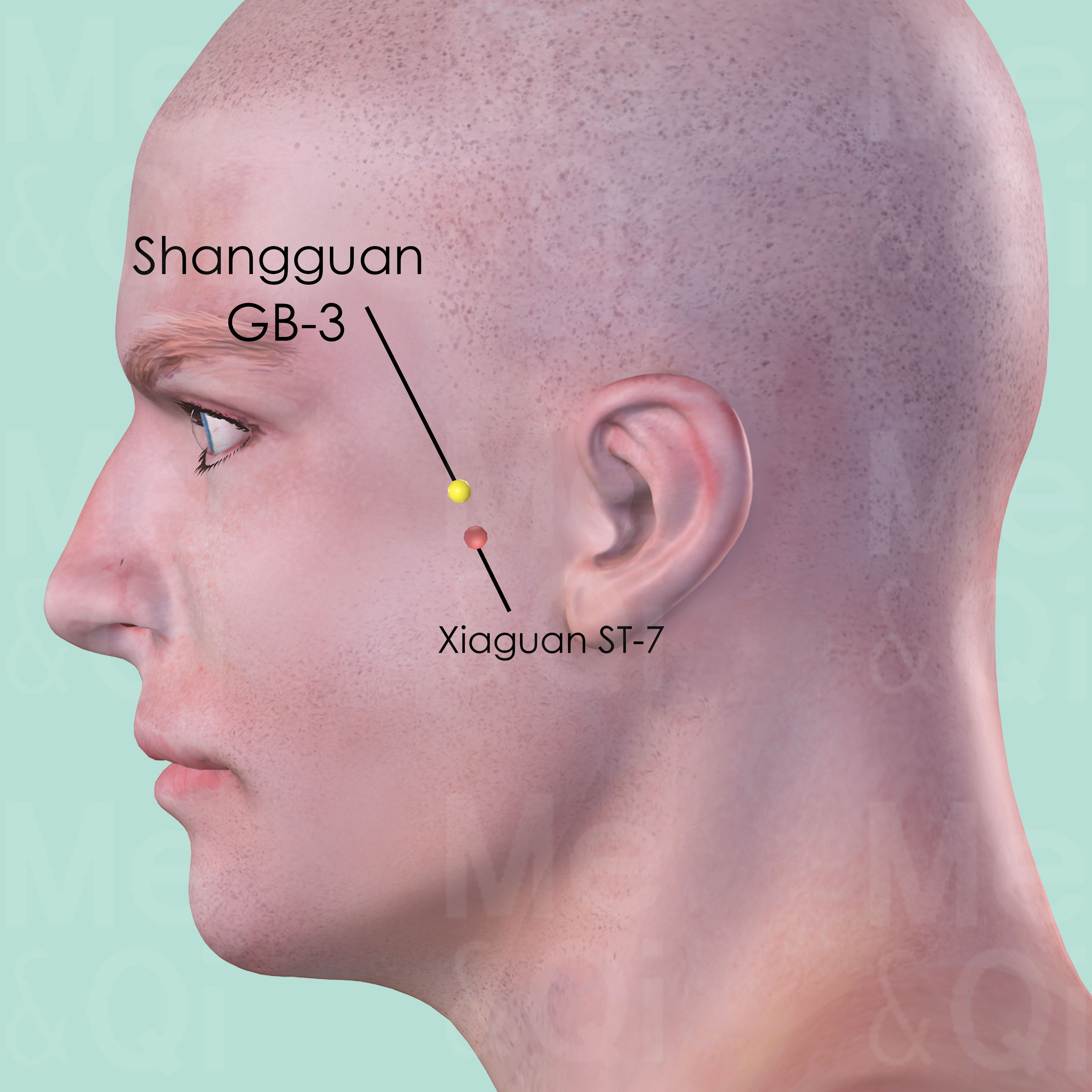
Shangguan GB-3
In front of the ear, on the upper border of the zygomatic arch, in the depression directly above Xiaguan ST-7.
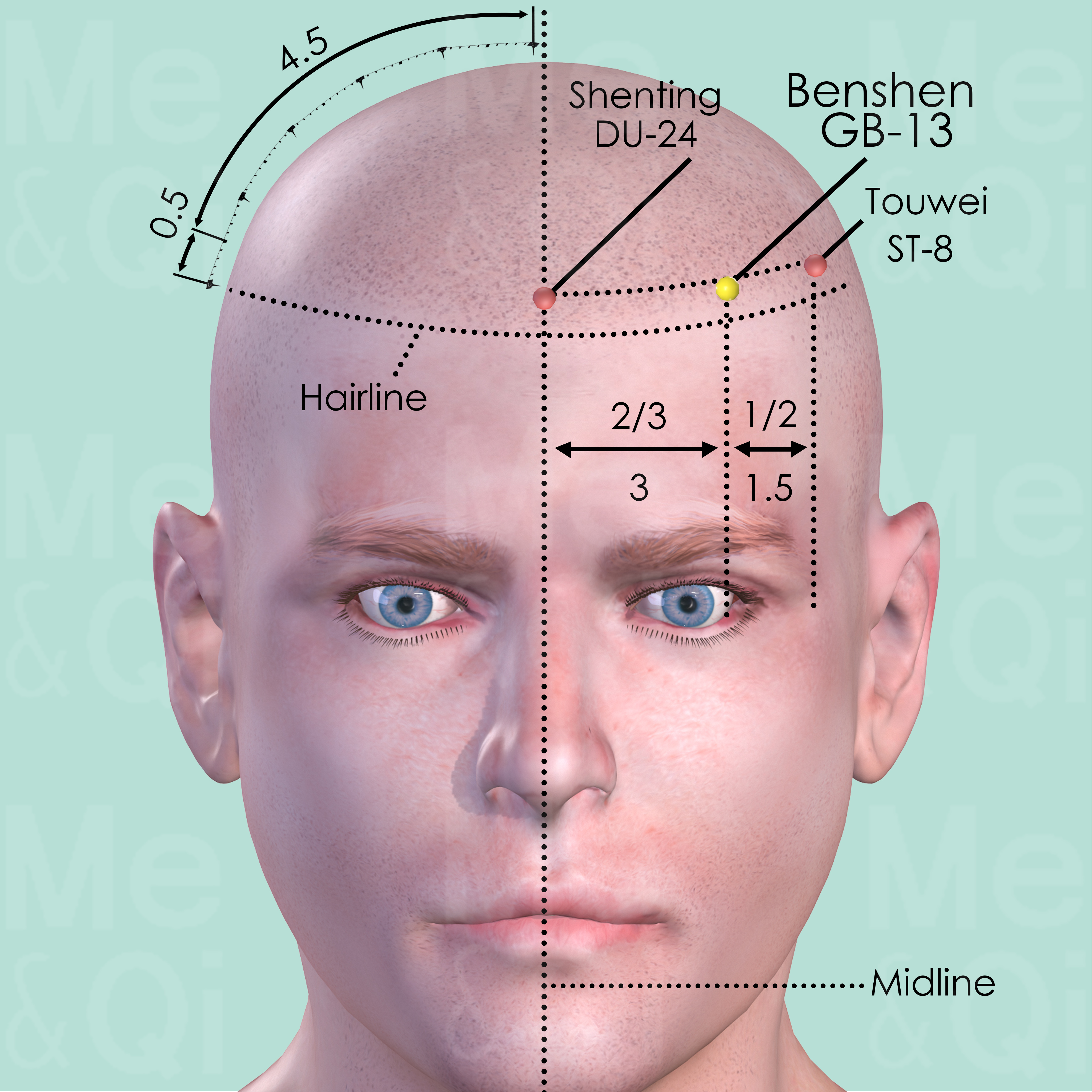
Benshen GB-13
0.5 cun within the hairline of the forehead, at the junction of the medial two-third and lateral third of the distance from Shenting DU-24 to Touwei ST-8.
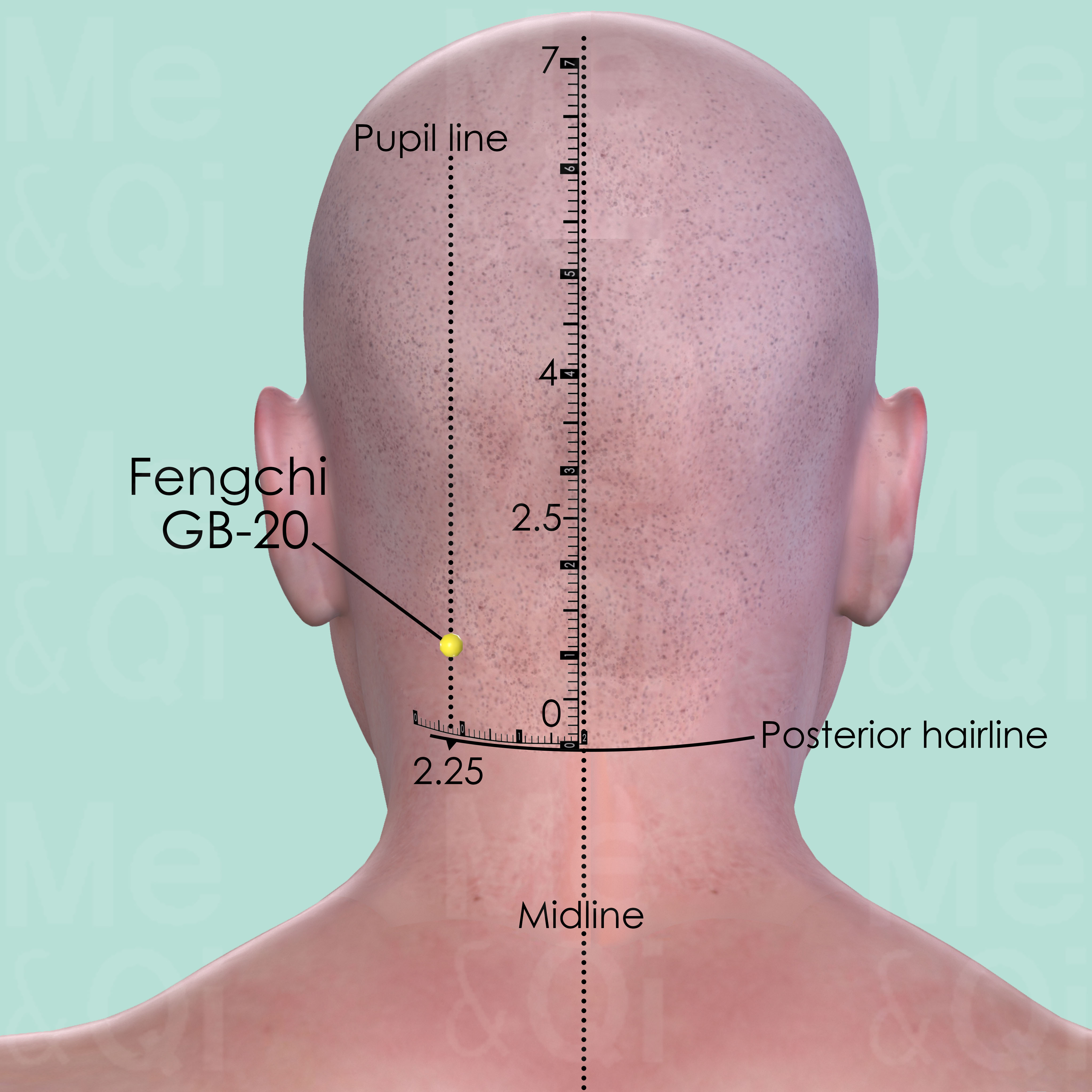
Fengchi GB-20
In the posterior aspect of the neck, below the occipital bone, in the depression between the upper portion of sternocleidomastoid and trapezius muscle.
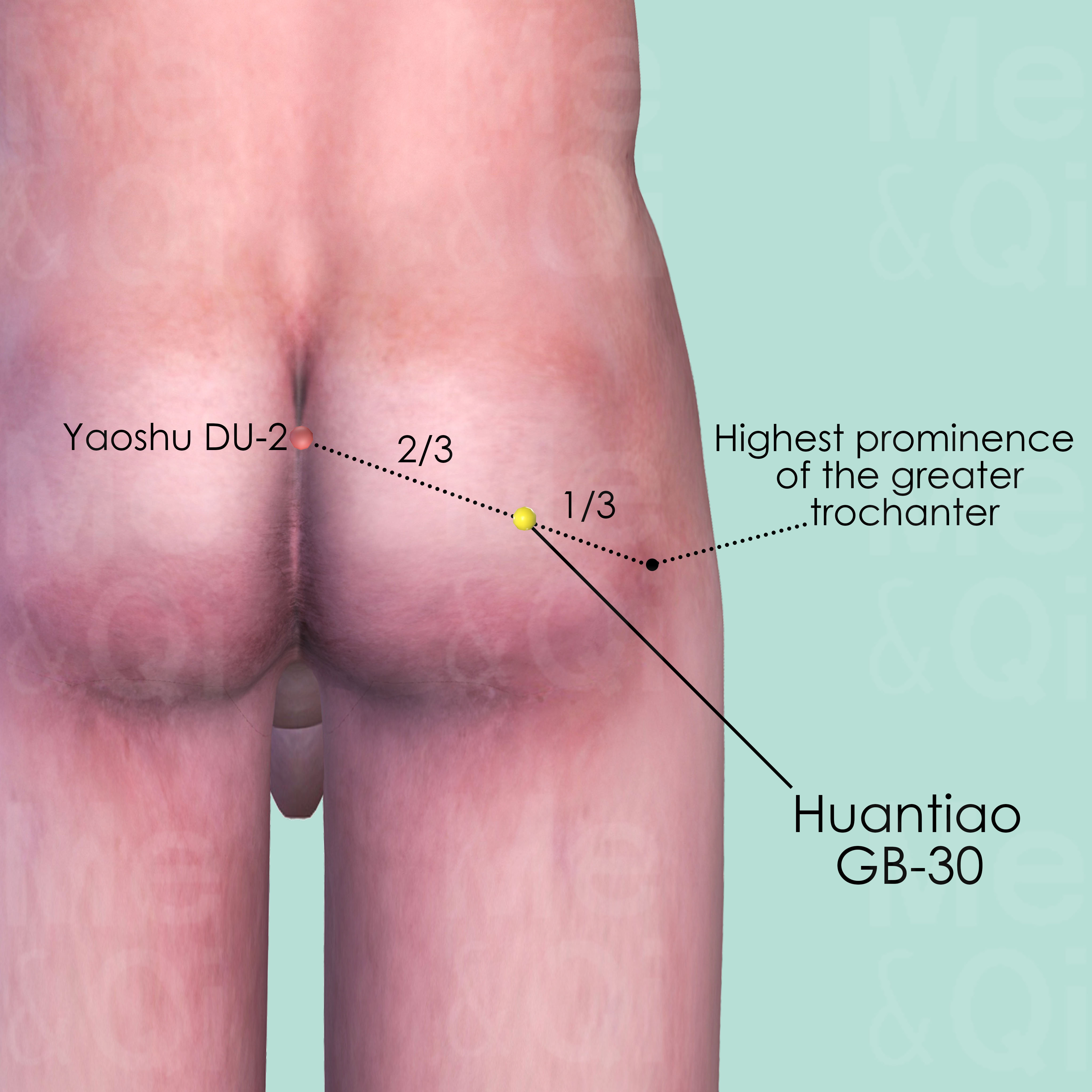
Huantiao GB-30
At the junction of the middle and lateral third of the distance between the great trochanter and Yaoshu DU-2 of the hiatus of the sacrum. When locating the point, put the patient in lateral recumbent position with the thigh flexed.
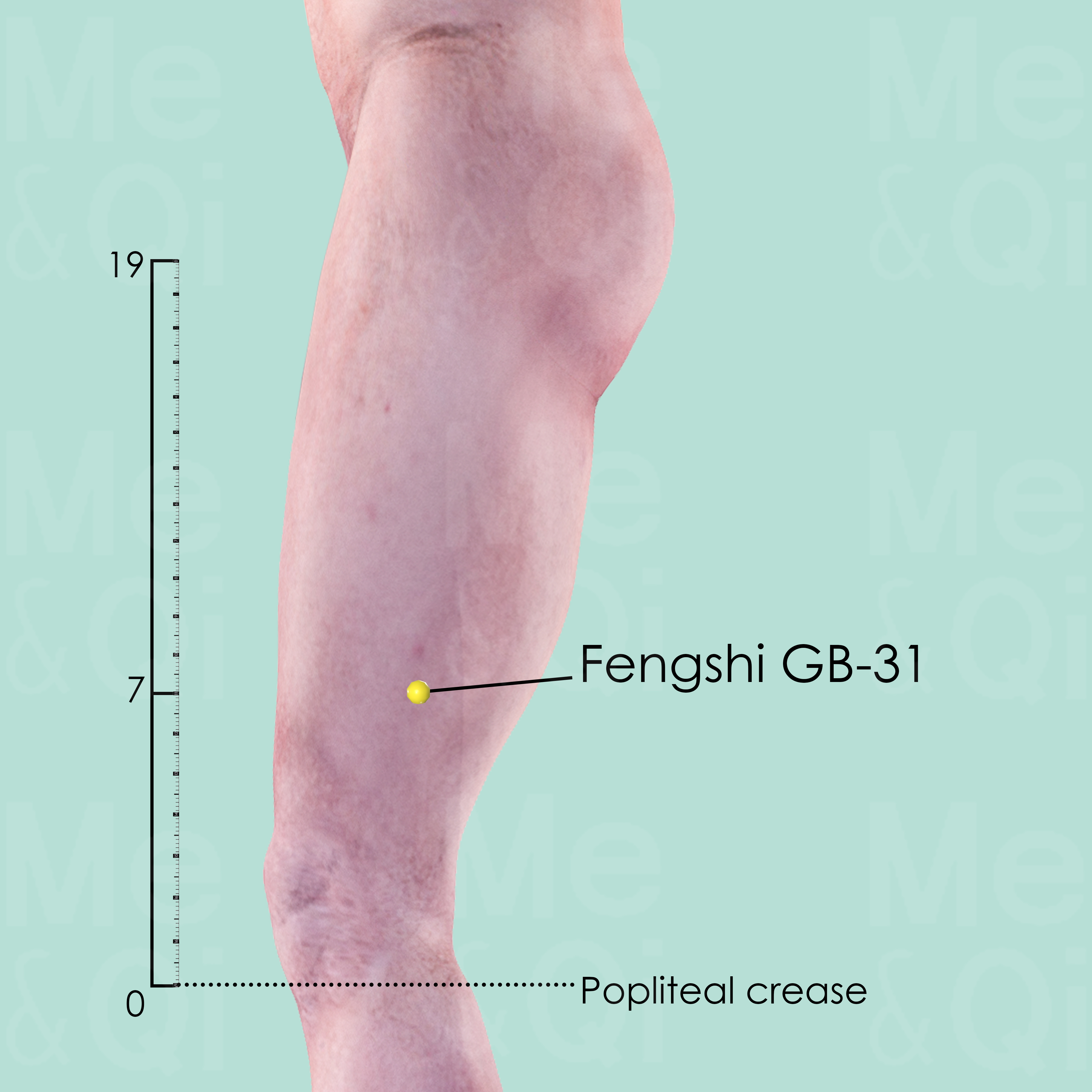
Fengshi GB-31
On the midline of the lateral aspect of the thigh, 7 cun above the transverse politeal crease.
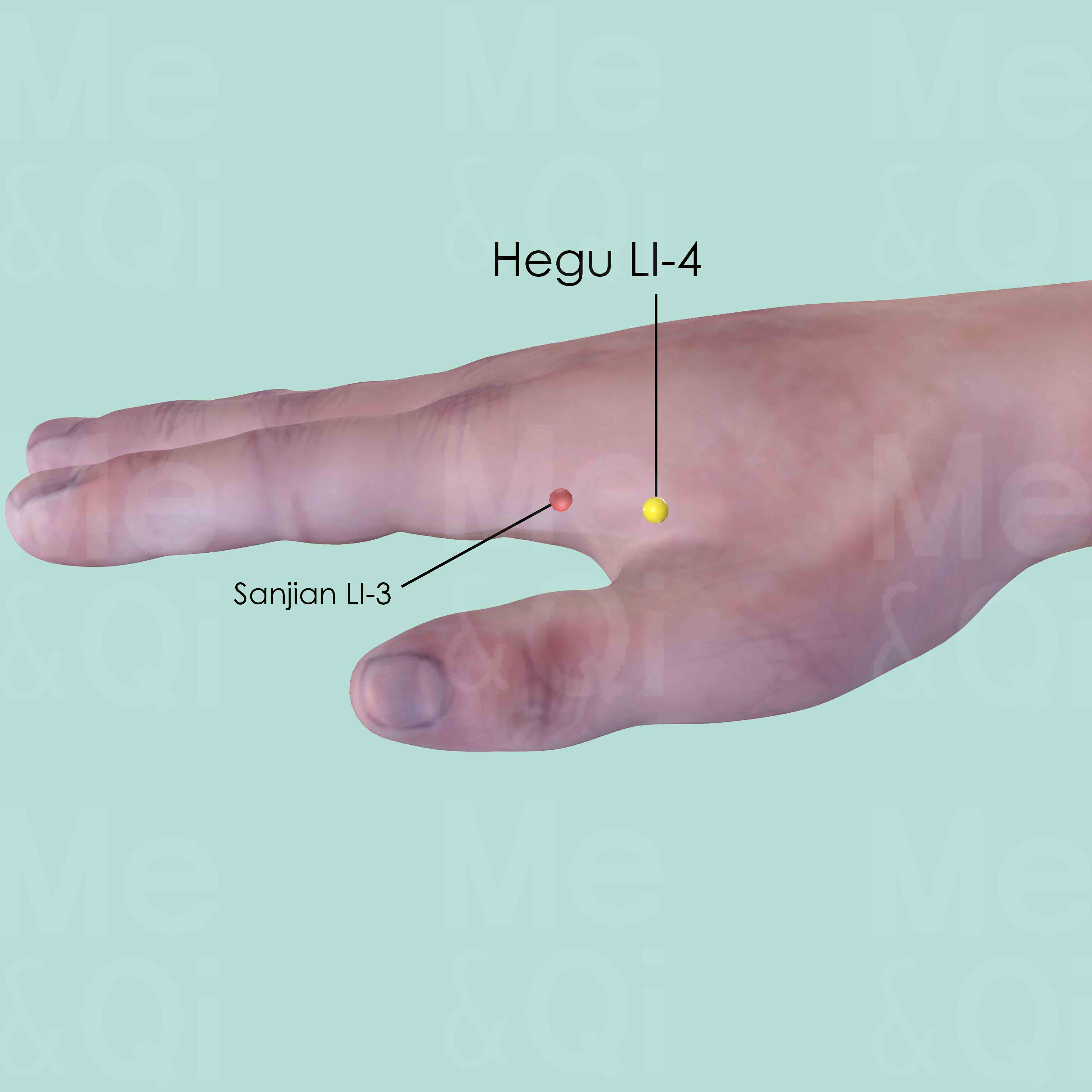
Hegu LI-4
Between the 1st and 2nd metacarpal bones, approximately in the middle of the 2nd metacarpal bone on the radial side.
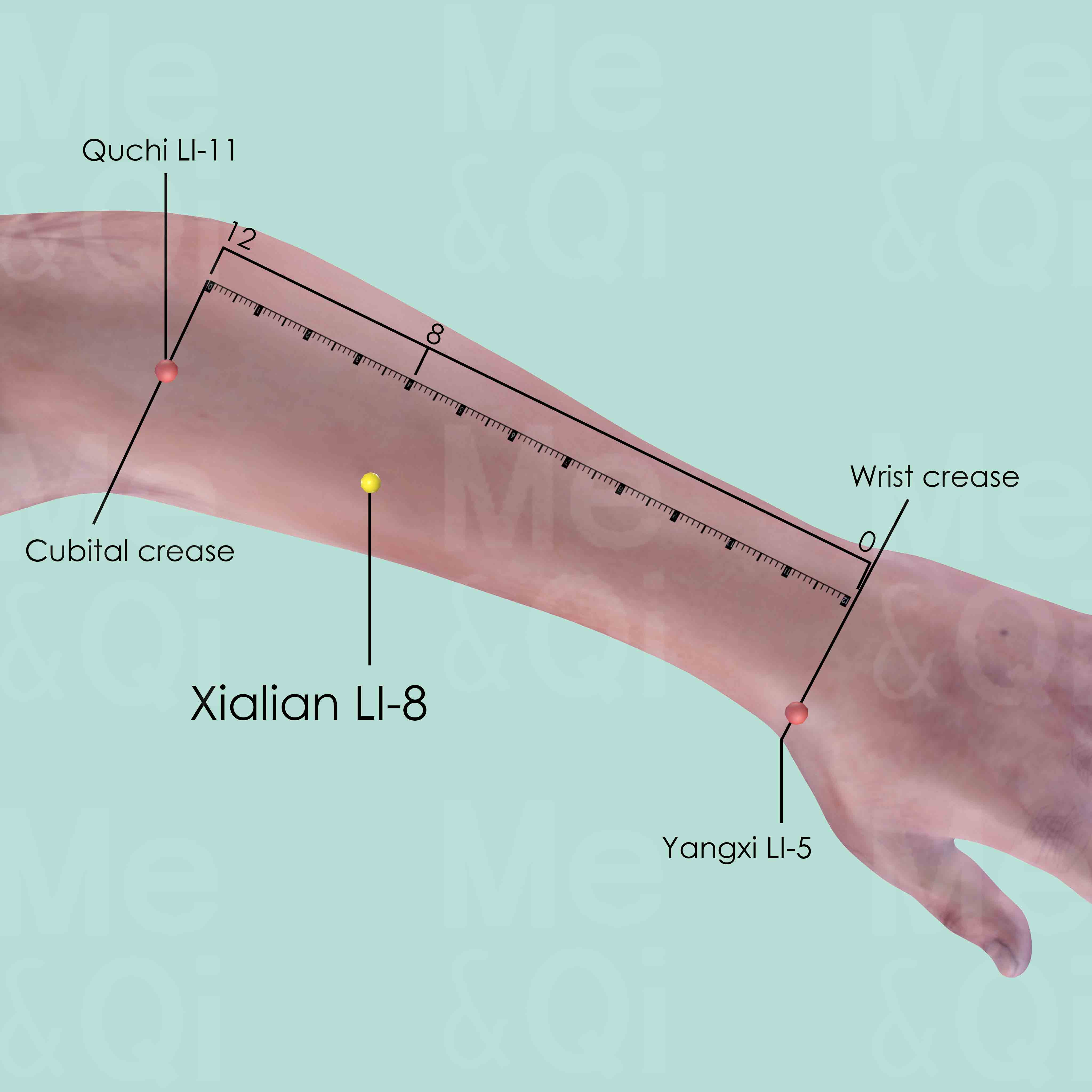
Xialian LI-8
When a fist is made, with the ulnar side downward and elbow flexed, the point is 4 cun distal to Quchi LI-11 of the line joining Yangxi LI-5 and Quchi LI-11.
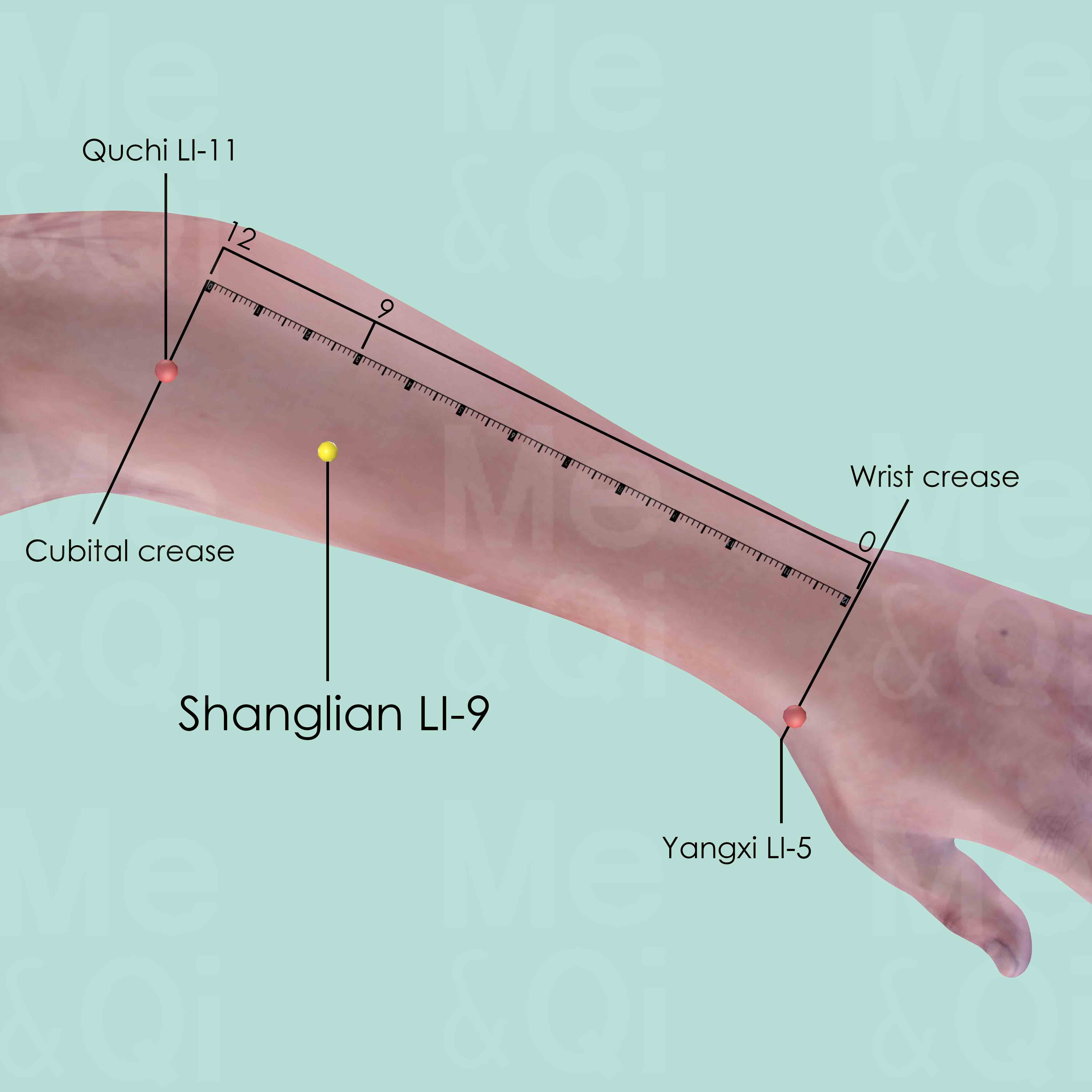
Shanglian LI-9
When a fist is made, with the ulnar side downward and elbow flexed, the point is 3 cun distal to Quchi LI-11 of the line joining Yangxi LI-5 and Quchi LI-11.
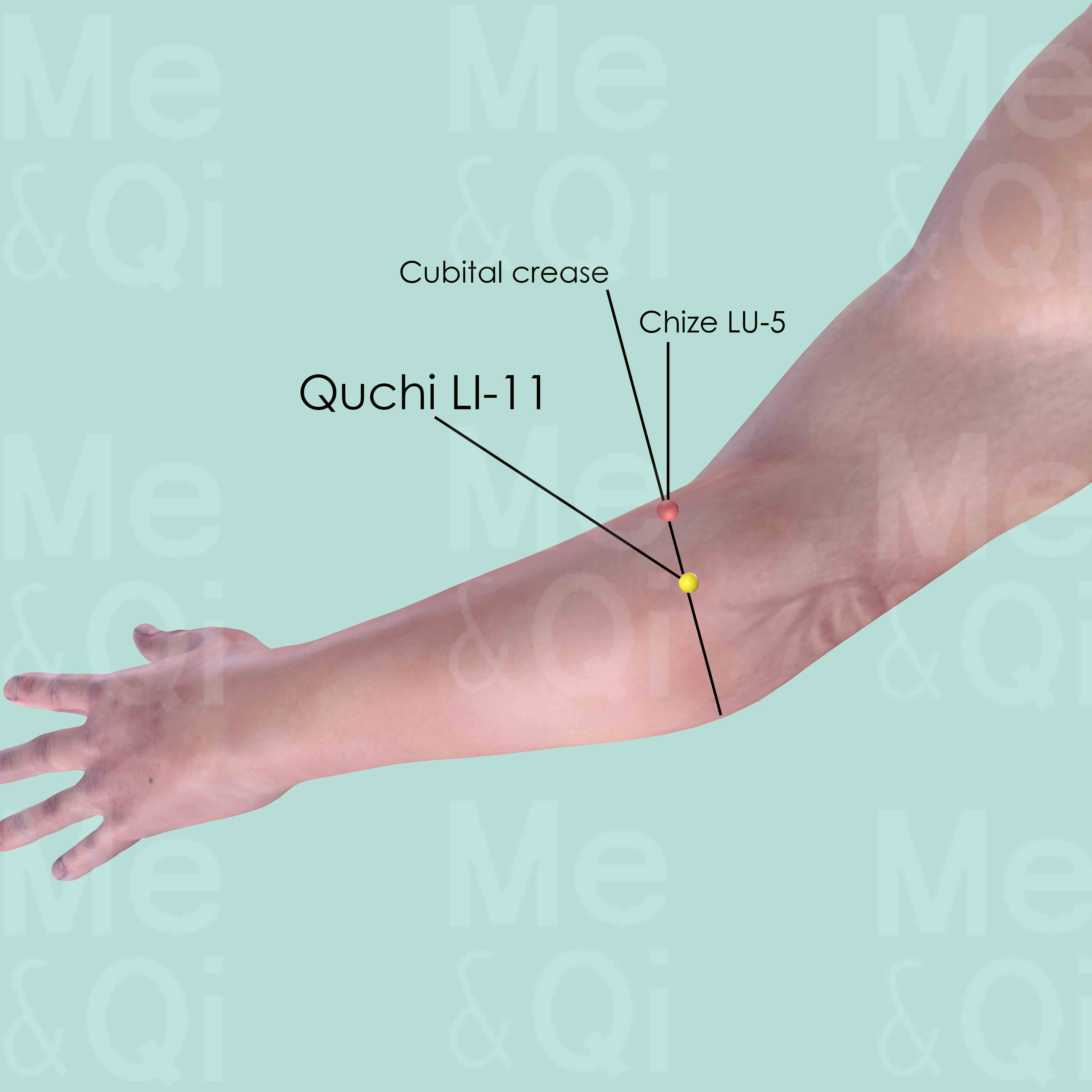
Quchi LI-11
When the elbow is flexed, Quchi LI-11 is in the depression at the lateral end of the cubital crease, midway between Chize LU-5 and the lateral epicondyle of the humerus.
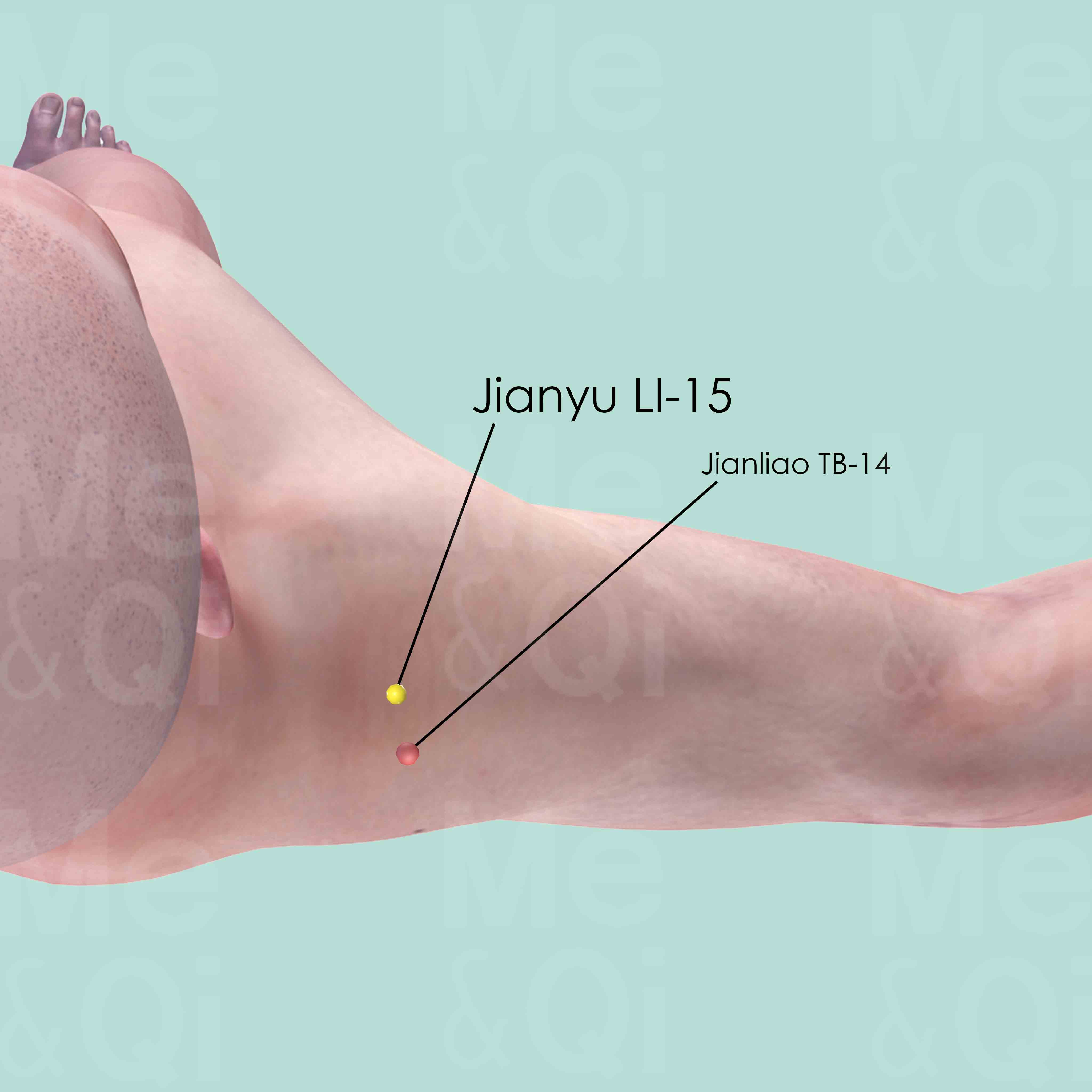
Jianyu LI-15
Jianyu LI-15 is located antero-inferior to the acromion, between the clavicular and acromial portions of the deltoid muscle.
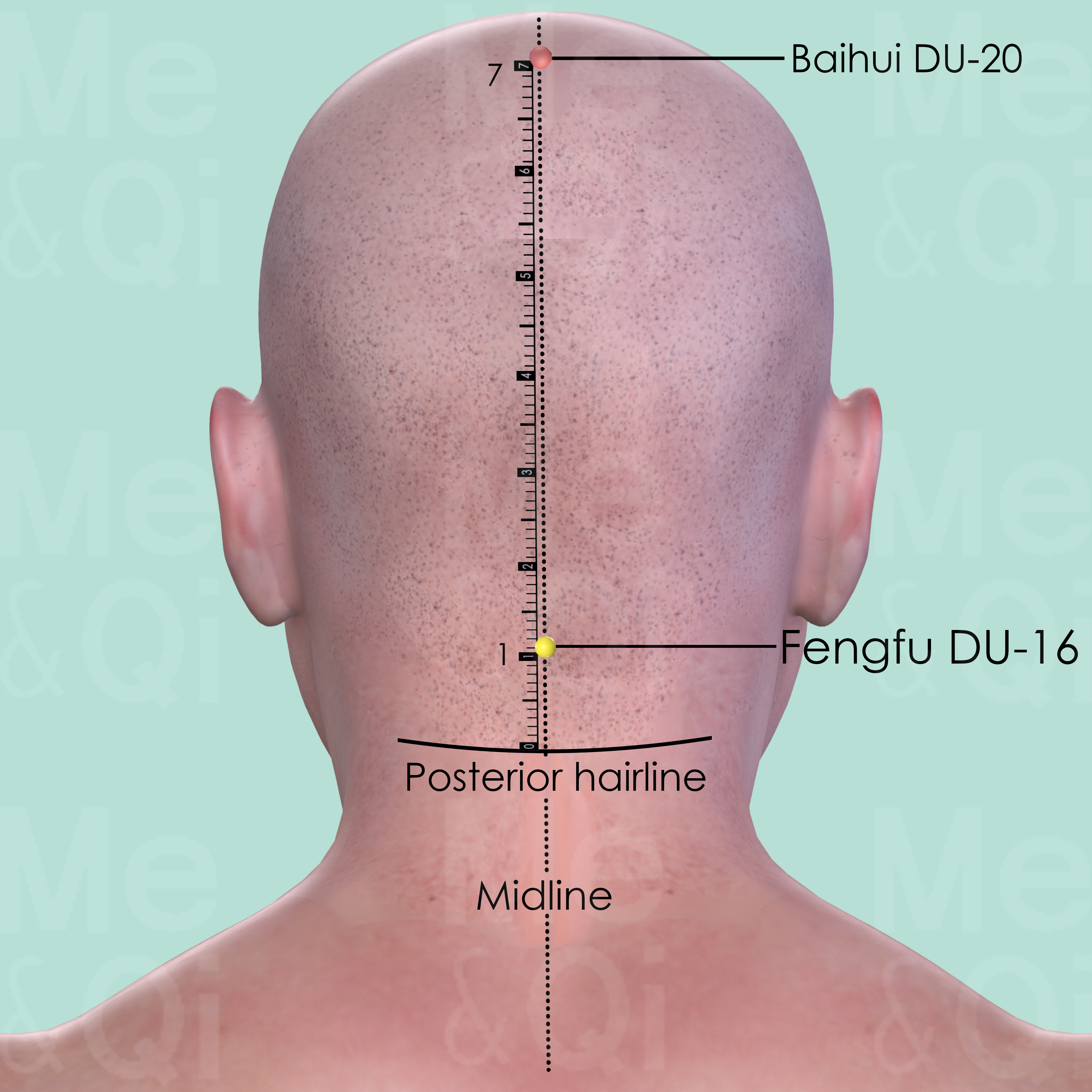
Fengfu DU-16
Directly below the external occipital protuberance, in the depression between the origins of the trapezius muscle.
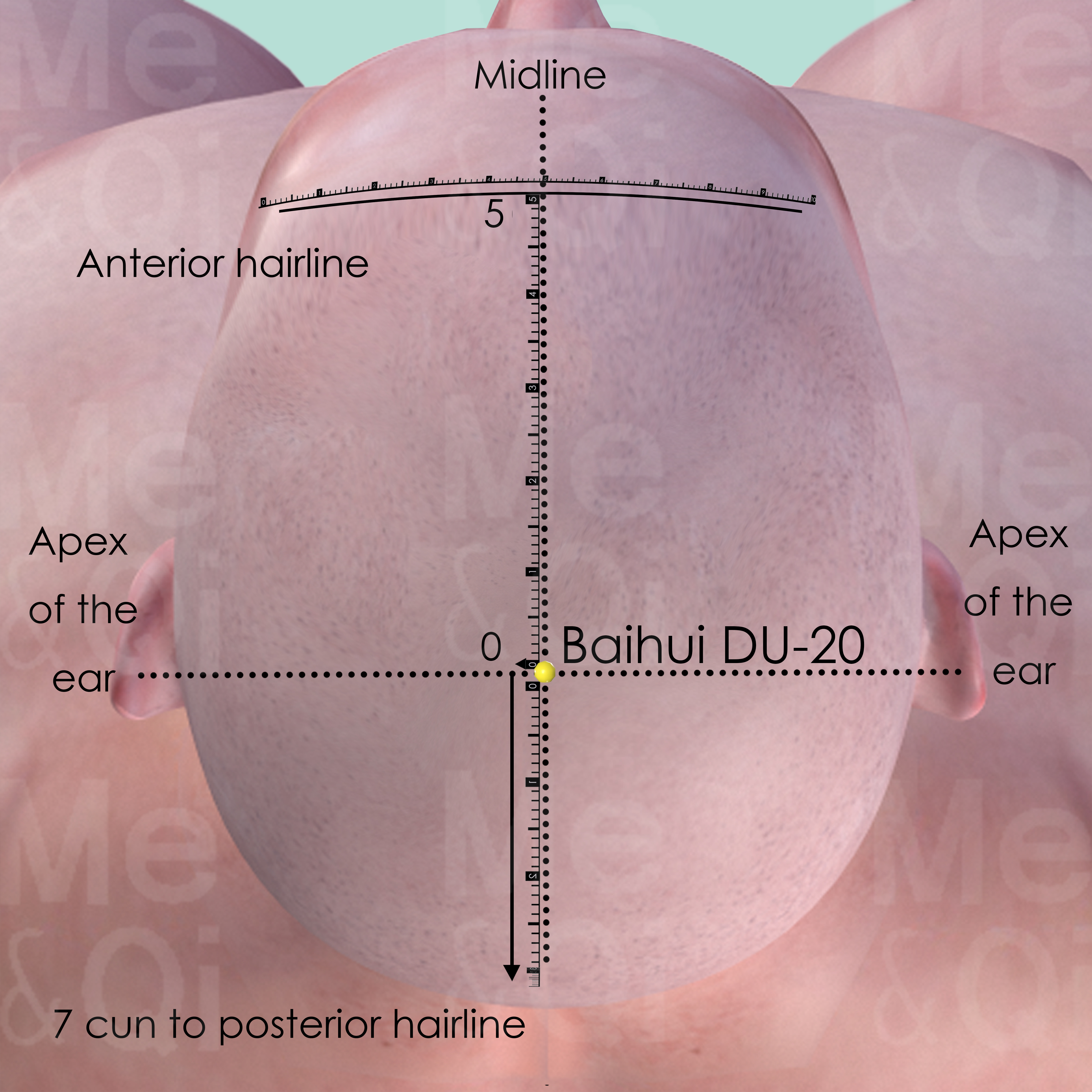
Baihui DU-20
At the vertex, at the junction of a line connecting the apex of the ears and the midline, in the depression 7 cun above the posterior hairline and 5 cun behind the anterior hairline.
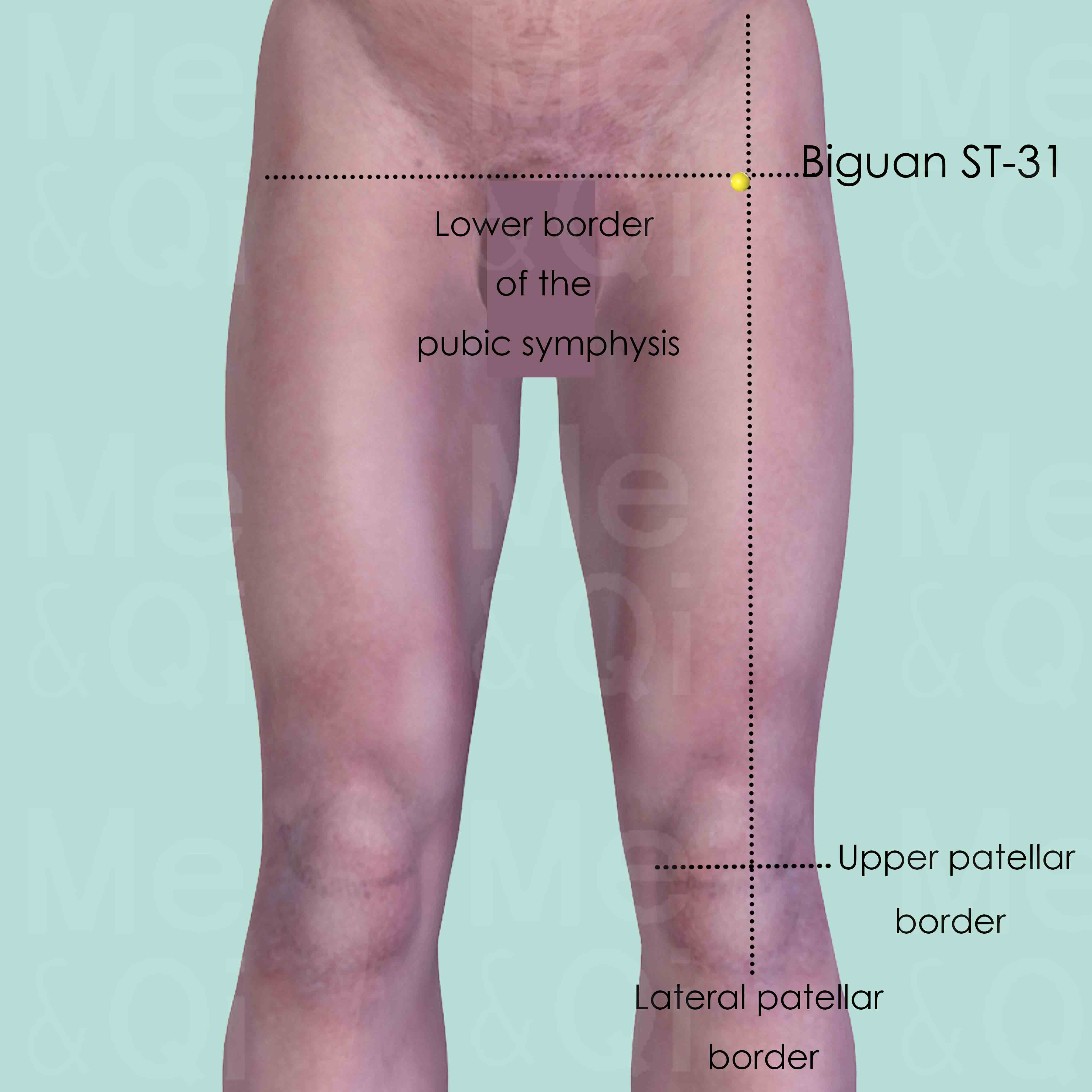
Biguan ST-31
Directly below the anterior superior iliac spine (ASIS), at the level of the lower border of the pubic symphysis, in the depression on the lateral side of sartorius muscle when the thigh is flex.
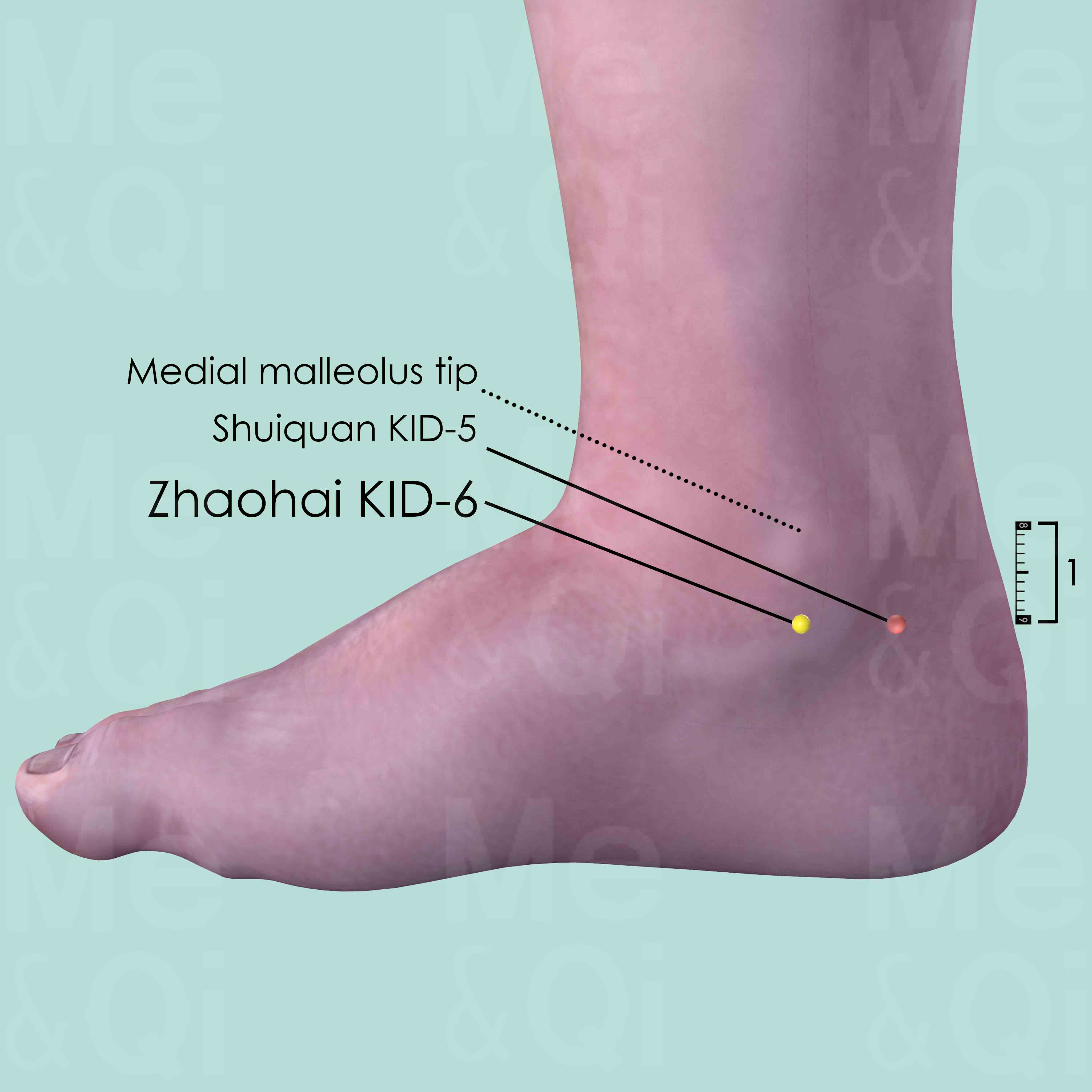
Zhaohai KID-6
Approximately 1 cun below the medial malleolus tip, over the joint space between the talus and the calcaneus.
TCM Herbs for Hemiplegia
Explore below some TCM herbs used to address hemiplegia, organized by herb category.
- By Herb Category
- Warm herbs that transform phlegm and stop cough
- Tonic herbs for blood deficiency
- Herbs that pacify internal liver wind and stop tremors
- Warm/Acrid herbs that release the exterior
- Tonic herbs for qi deficiency
- Herbs that warm the interior and/or expel cold
- Herbs that dispel wind and dampness
Warm herbs that transform Phlegm and stop Cough
Hemiplegia can be treated by these herbs when it results from phlegm due to cold deficiency, aiming to warm the lungs and dissolve phlegm accumulation.
One such herb is Arisaema (Tian Nan Xing), which is directly recommended for hemiplegia.
Other herbs of this category are listed in the table below.
"Warm herbs that transform Phlegm and stop Cough" recommended for hemiplegia
| Herb | Formulas they belong to (if applicable) |
|---|---|
| Arisaema (Tian Nan Xing) | Not applicable |
| Giant Typhonium Rhizomes (Bai Fu Zi) | Not applicable |
Tonic herbs for Blood Deficiency
Hemiplegia can be treated by these herbs in cases of blood deficiency, working to nourish and replenish the body's blood supply.
One such herb is Dong Quai (Dang Gui), a key herb in some formulas recommended for hemiplegia, like Shu Jing Huo Xue Tang.
Other herbs of this category are listed in the table below.
"Tonic herbs for Blood Deficiency" recommended for hemiplegia
| Herb | Formulas they belong to (if applicable) |
|---|---|
| Dong Quai (Dang Gui) | Shu Jing Huo Xue Tang |
| White Peony Roots (Bai Shao) | Shu Jing Huo Xue Tang |
Herbs that pacify Internal Liver Wind and stop Tremors
Hemiplegia can be treated by these herbs when caused by internal wind from Liver disharmony, often manifesting in symptoms like spasms or tremors.
One such herb is Earthworms (Di Long), which is directly recommended for hemiplegia.
Warm/Acrid herbs that release the Exterior
Hemiplegia can be treated by these herbs when there is a need to dispel external cold and warm the body, especially in cases where there is insufficient Yang energy internally.
One such herb is Saposhnikovia Roots (Fang Feng), a key herb in some formulas recommended for hemiplegia, like Da Fang Feng Tang.
Tonic herbs for Qi Deficiency
Hemiplegia can be treated by these herbs when stemming from a lack of vital energy or Qi, helping to boost energy and overall vitality.
One such herb is Milkvetch Roots (Huang Qi), a key herb in some formulas recommended for hemiplegia, like Bu Yang Huang Wu Tang.
Herbs that warm the Interior and/or expel Cold
Hemiplegia can be treated by these herbs if it is due to internal coldness or deficient Yang energy, working to warm the body and dispel cold.
One such herb is Prepared Kusnezoffii Aconite (Zhi Cao Wu), a key herb in some formulas recommended for hemiplegia, like Xiao Huo Luo Dan.
Herbs that dispel Wind and Dampness
Hemiplegia can be treated by these herbs when it is due to the invasion or accumulation of wind and dampness, which often affects the muscles and joints.
One such herb is Prepared Sichuan Aconite (Zhi Chuan Wu), a key herb in some formulas recommended for hemiplegia, like Xiao Huo Luo Dan.

